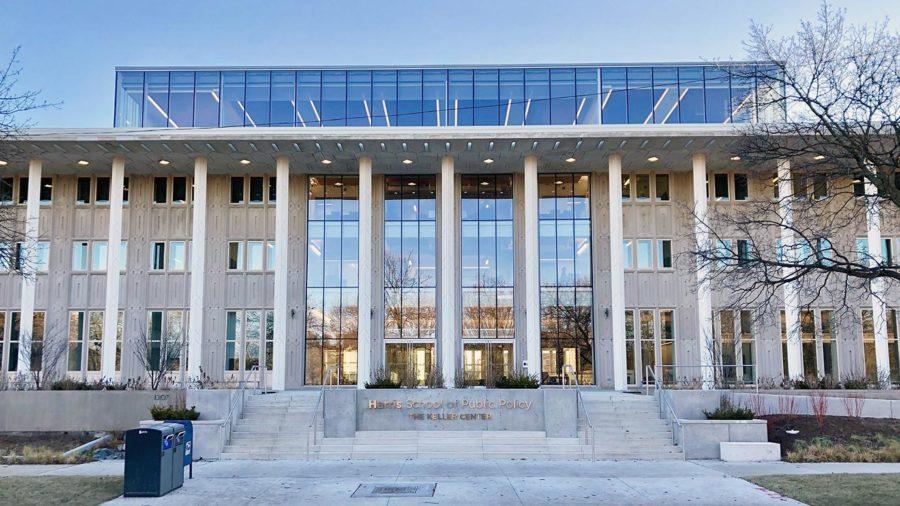Peter Draper’s Viewpoints article on the Obama presidential library (“Hope and Change, Interrupted,” 10/25), while admirable for its well-stated (and justified) concerns about the impact the library will have on its surroundings and the South Side in general, contains a concerning number of inaccuracies and omissions.
To begin, the author implies that it was Rahm Emanuel who came up with the Jackson Park site, because he “failed to find an appropriate” one. This was simply not the case: it was the University of Chicago that proposed both the Jackson Park and Washington Park sites, both on Parks District land, as part of its bid for the library. Rahm offered to fork over Parks District land if the Obama Foundation chose the University’s bid, and this motion was approved by the City Council. But the author elides the University from this process altogether, dropping the blame, for some reason, on “Rahm and his friends (and Obama’s friends, and their allies in City Council).” Maybe he thinks Robert Zimmer and Derek Douglas have seats on the City Council.
The further implication that the Washington Park site was dismissed early on or never given due consideration is also extremely disingenuous. The author is right that the Jackson Park choice says something about the Obama Foundation’s priorities, but the University proposed both sites at the same time, meaning that, like all the other sites, the Obama Foundation considered the Washington Park site. Indeed, until the site announcement was made this summer, Washington Park was considered the favorite.
On the subject of the Washington Park site, the author might wish to compare his claims with reality: he calls presidential libraries “a largely political and monetary enterprise” and voices concerns about the “gentrification” of the “Jackson Park community” (both perplexing choices of phrase, especially because the community’s name is Woodlawn). While property values are higher in Woodlawn than in Washington Park, both neighborhoods are mostly black and low-income, with high rates of home vacancy and large amounts of blight. To claim that Woodlawn has been “gentrified” is folly.
Moreover, the author apparently has not been on a walk through the Washington Park neighborhood in a while: in the last decade the University has bought dozens of parcels of land in said neighborhood (he deplores the presidential library’s “land-grabbing”) and helped in the opening of an art gallery, a coffee shop, and a bookstore, as well as massive “Arts Block” development and renovation of the Garfield Green Line station.
To be clear, the author is inaccurate on at least five counts: in making a bizarre yin-and-yang distinction between “gentrified” Woodlawn and blighted Washington Park; in ignoring ongoing (nefarious, capital-driven) University development projects in Washington Park; in suggesting that the Washington Park site did not propose to use Parks District land, which it did; in suggesting that the “gentrification” the library will bring to Woodlawn would somehow magically not happen in Washington Park; and in suggesting that community groups in Woodlawn either do not exist or do not want the library to be built in Jackson Park. Actually, there are probably more counts than five, but that should suffice for a start.
Mr. Draper is right to hold the Obama Foundation’s feet to the fire on the demolition of highly-utilized Jackson Park sports facilities. He is correct in saying that the presidential library in Woodlawn will not lift up the South Side in the way it claims to, but this argument is made in the most disingenuous and misleading way possible. There is no shortage of facts supporting the argument against a UChicago Obama library. Those making this argument should use them.
—Jake Bittle, fourth-year in the College





